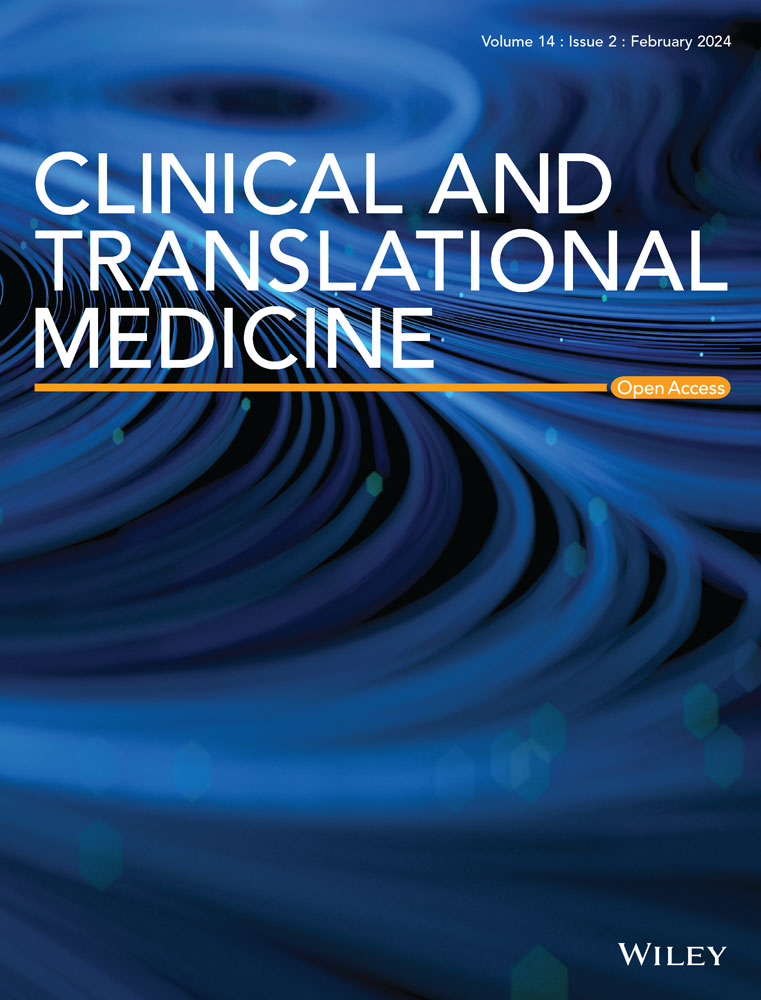Revealing the heterogeneity of treatment resistance in less-defined subtype diffuse large B cell lymphoma patients by integrating programmed cell death patterns and liquid biopsy
Abstract
Precision medicine in less-defined subtype diffuse large B-cell lymphoma (DLBCL) remains a challenge due to the heterogeneous nature of the disease. Programmed cell death (PCD) pathways are crucial in the advancement of lymphoma and serve as significant prognostic markers for individuals afflicted with lymphoid cancers. To identify robust prognostic biomarkers that can guide personalized management for less-defined subtype DLBCL patients, we integrated multi-omics data derived from 339 standard R-CHOP-treated patients diagnosed with less-defined subtype DLBCL from three independent cohorts. By employing various machine learning algorithms, we pinpointed eight pivotal genes linked to PCD, specifically FLT3, SORL1, CD8A, BCL2L1, COL13A1, MPG, DYRK2 and CAMK2B. Following this, we established a Programmed Cell Death Index (PCDI) utilizing the aforementioned genes and amalgamated it with pertinent clinical characteristics to formulate a predictive nomogram model for prognosis. We observed a significant correlation between the PCDI, pre-treatment circulating tumour DNA (ctDNA) burden, minimal residual disease (MRD) status and immune features. Furthermore, our research indicated that patients with elevated PCDI scores could potentially show resistance to conventional chemotherapy treatments, yet they might derive an advantage from alternative inhibitors targeting specific signalling pathways. Conclusively, leveraging these results, we have created an online analytical tool (https://xulymphoma.shinyapps.io/PCDI_pred/) designed for the prognostic prediction of patients with less-defined subtype DLBCL. This tool facilitates the forecasting of outcomes for these patients, enhancing the precision of their clinical management.
Key points
- Developing the Programmed Cell Death Index (PCDI) utilizing multiple machine learning algorithms for patients with less-defined subtype diffuse large B-cell lymphoma.
- The difference in clinical characteristics, circulating tumour DNA burden and immune profiling between patients with distinct PCDI groups.
- A potentially effective regimen was speculated for patients with high PCDI scores who tend to exhibit worse progression-free survival.


 求助内容:
求助内容: 应助结果提醒方式:
应助结果提醒方式:


